| 1. Regulations & Policy | 2. Network Planning & Design | 3. Spectrum Management |
 |  | 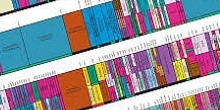 |
| CoCoCo carries out projects for National Regulatory Authorities and other international organisations, assisting them in restructuring ICT markets by means of strategic planning, economic modelling, new or changed regulations/licensing and policy statements/plans. Go to example projects | CoCoCo carries out frequency and network planning for deploying broadcasting networks, including DVB-T2, DAB+ and FM networks. For these assignments advanced planning software and extensive databases (such as clutter, terrain and population databases) are used. Go to example projects | CoCoCo assists spectrum managers in decisions on spectrum allocation and assignment. Spectrum management ranges from managing the National Frequency Allocation Table, spectrum assignment & pricing, as well as developing spectrum management policies for specific services or markets. The Digital Switchover (DSO) is such a specfic spectrum management policy. Go to example projects |
1. Regulations & Policy
LTE and 5G spectrum harmonisation, sharing and refarming for Africa
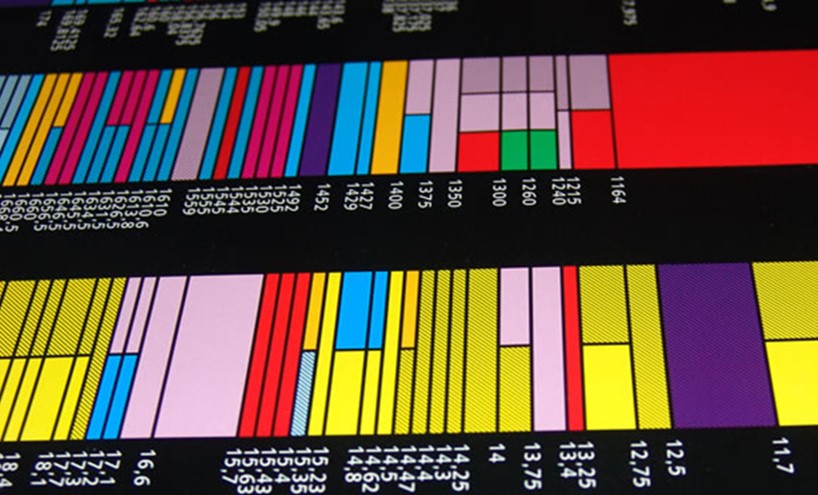
In the framework of the Policy and Regulation Initiative for Digital Africa (PRIDA), and on behalf of the ITU, a study was conducted on spectrum harmonisation, sharing and refarming. This project is to promote the introduction of more wireless broadband services (LTE and 5G/NR) in Africa. A comprehensive report was drafted and it covers the following bands; 700 MHz, 800 MHz, 1.4 GHz, 2.3 GHz, 2.6 GHz, 3.5 GHz, 26 GHz band and the upper frequency range 37-71 GHz. The report addresses the necessary technical and regulatory conditions for sharing and coexistence of IMT services and other services in the aforementioned bands. The report also covers best practices for refarming incumbent services and funding of these refarming efforts. More information
Position Paper on the Transition to Digital Radio Broadcasting

For the Spectrum Management Authority in Jamaica a position paper was developed on the transition to digital radio broadcasting. The report addresses the available technologies for delivering audio services (including internet streaming, hybrid radio, (F)eMBMS and 5G Broadcast), the international developments on digital radio broadcasting, receiver availability and pricing, network costs, as well as the options available to Jamaica for introducing such services (including system, spectrum and licensing options). The report also includes a Roadmap for the introduction of digital radio broadcasting services and recommendations on industry collaboration. For more information please contact us
Introduction of LTE in the APT 700 MHz Band
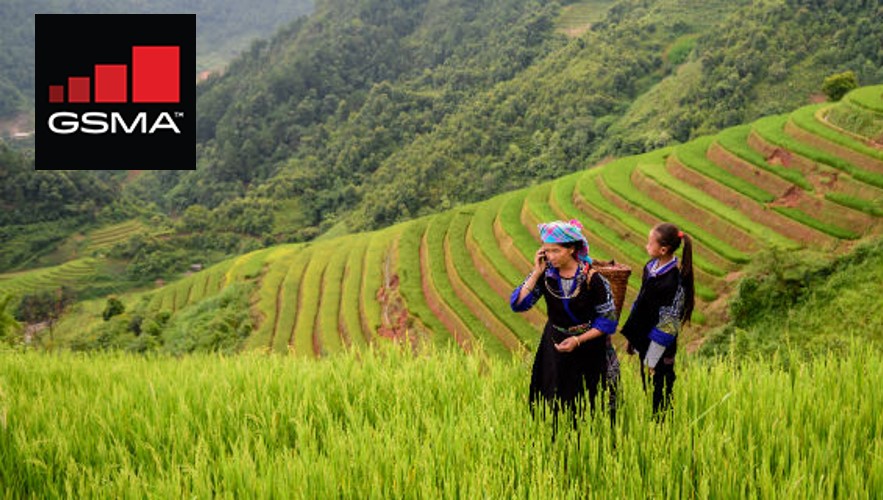
For the GSMA a report was drafted on securing the digital dividend for the introduction of LTE in the APT 700 MHz Band in ASEAN (2018). This work covers insights and recommendations on spectrum management and cross-border frequency coordination. For more information and the report click here.
Converged Licensing Framework
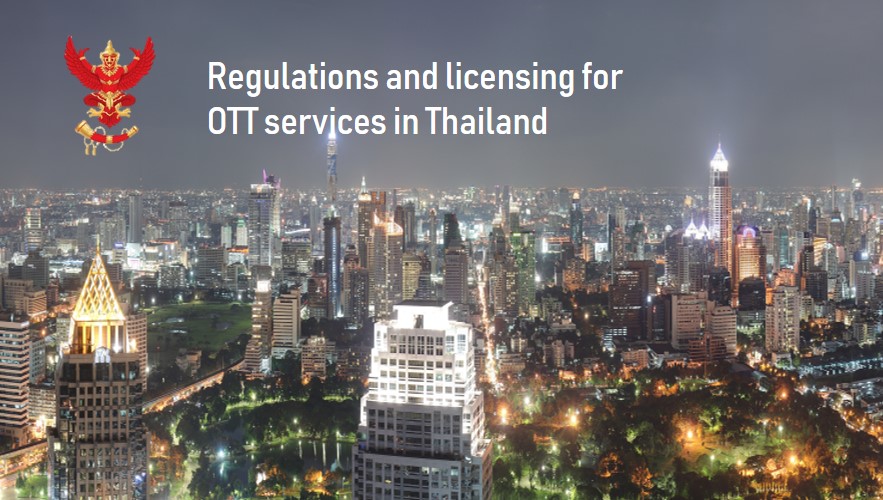
For the NBTC in Thailand, a converged licensing framework was developed (2017-2018). This ITU work covered an in-depth analysis of the latest technology, service and regulatory changes, including Over-The-Top (OTT) service delivery and the introduction of Internet of Things (IoT) services. The developed licensing framework was designed to replace the current NBTC licences for both the broadcasting and telecommunications markets. For its application, also a comprehensive handbook was developed. For more information on this Converged Licensing Framework click here
Interactive Multimedia services in Asia-Pacific

Co-authoring of ITU report “Interactive Multimedia Services in Asia Pacific: Trends and Insights” (2015). This report was drafted to provide insights in the latest service and technology developments around multimedia services, as well as the impact of these developments on the regulations and licensing of these new services. For downloading the report click here.
DVB-T2 Frequency and network plan
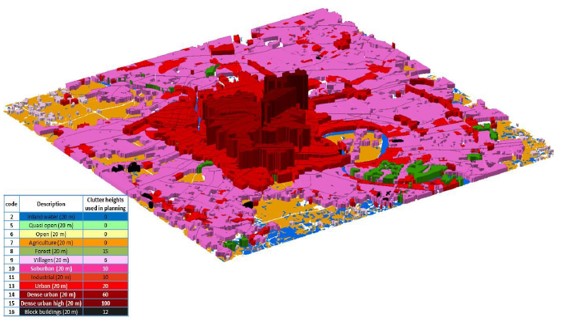
Development of a digital TV (DVB-T2) frequency plan in Thailand in the framework of a cooperation agreement of ITU and the Thai regulator NBTC. The digital TV plan was prepared in a small team of ITU-experts in cooperation with experts from NBTC. The plan was developed in several steps in the period from 2013 to 2015, including an analysis of the original digital TV plan, frequency plans before and after analogue TV switch-off for the 39 main TV sites, frequency plans before and after analogue TV switch-off consisting of 177 sites to reach the required coverage of 95% of the households. For more information on DVB-T2 frequency and network planning click here.
DAB+ system architecture design
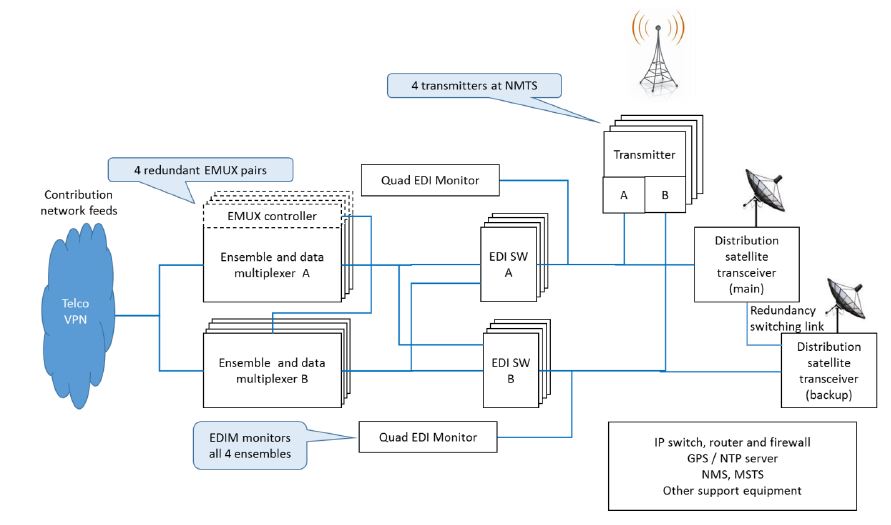
For the nationwide deployment of DAB+ services in Thailand a complete system architecture was designed. This design considered the different deployment stages of the network, as well as the different national and local/regional services. This architecture was developed in close cooperation with the Regulator, the network operators and the local suppliers. For more information on this project click here.
Net Present Value for DAB services
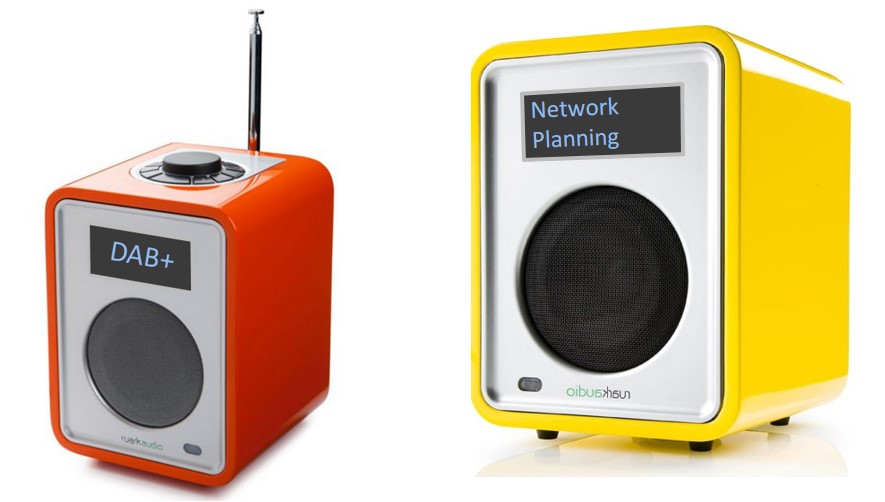
Based on a detail system architecture design (see the project above listed) and equipment supplier consultations, a detailed costing model was developed, allowing to run different deployment scenarios. In addition a revenue model was developed for the modelling the uptake of DAB services in Thailand. For this modelling extensive benchmark research was carried out. The cost and revenue model were then combined to run different Net Present Value calculations. For more information on this project click here.
DAB+ frequency and network plan

Development of a digital radio (DAB+) plan in Thailand in the framework of a cooperation agreement of ITU and the Thai regulator NBTC. The digital radio plan was prepared in a small team of ITU-experts in cooperation with experts from NBTC. The plan was developed in several steps in 2015, including an analysis of a digital radio plan prepared by a third party, a digital radio frequency plan before analogue TV switch-off in Band III and recommendations for developing a DAB+ plan after analogue TV switch-off.
Re-farming the FM Band in Thailand
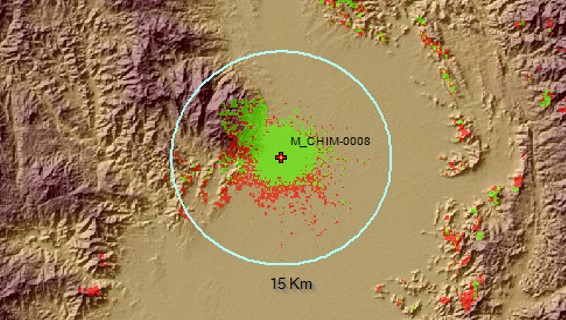
Re-planning of the FM band (with nearly 5800 FM stations) in Thailand in the framework of a cooperation agreement of ITU and the Thai regulator NBTC. The aim of the project was to resolve congestion in the FM-band. The re-planning of the FM band was carried out in a small team of ITU-experts in cooperation with experts from NBTC in 2017. The re-planning was based on portable indoor reception and took account of several priority levels of FM stations.
IMT spectrum harmonisation, sharing and refarming for Africa

In the framework of the Policy and Regulation Initiative for Digital Africa (PRIDA) programme, and on behalf of the ITU, a study was conducted on spectrum harmonisation, sharing and refarming. This project is to promote the introduction of more wireless broadband services (LTE and 5G/NR) in Africa. A comprehensive report was drafted and it covers the following bands; 700 MHz, 800 MHz, 1.4 GHz, 2.3 GHz, 2.6 GHz, 3.5 GHz, 26 GHz band and the upper frequency range 37-71 GHz. The report addresses the necessary technical and regulatory conditions for sharing and coexistence of IMT services and other services in the aforementioned bands. The report also covers best practices for refarming incumbent services and funding of these refarming efforts. More information
National Table of Frequency Allocations for the Gambia
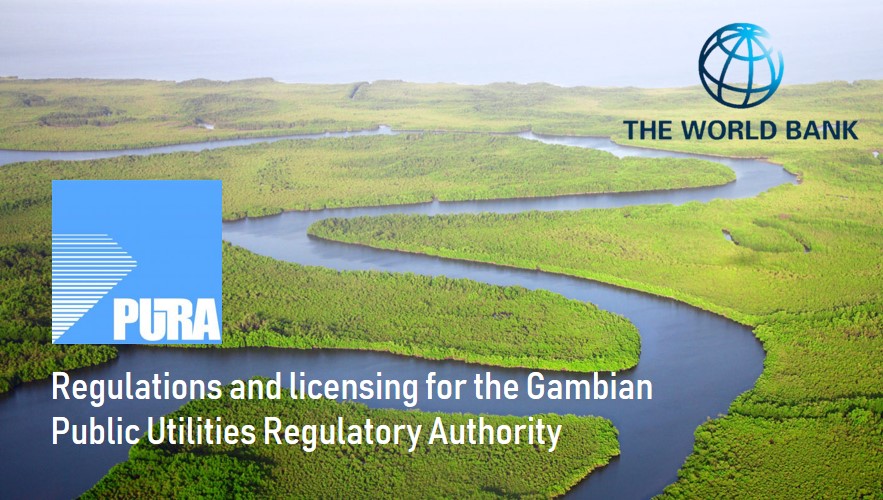
For the World Bank an assignment was carried for the Gambian National Regulatory Authority for the introduction of digital television services, as well as the revision of the Gambian National Table of Frequency Allocations (NTFA). This assignment also covered all the critical regulatory changes, needed for an introduction of these television digital services and the revised NTFA (2015).
Digital Terrestrial Television Roadmap for Thailand
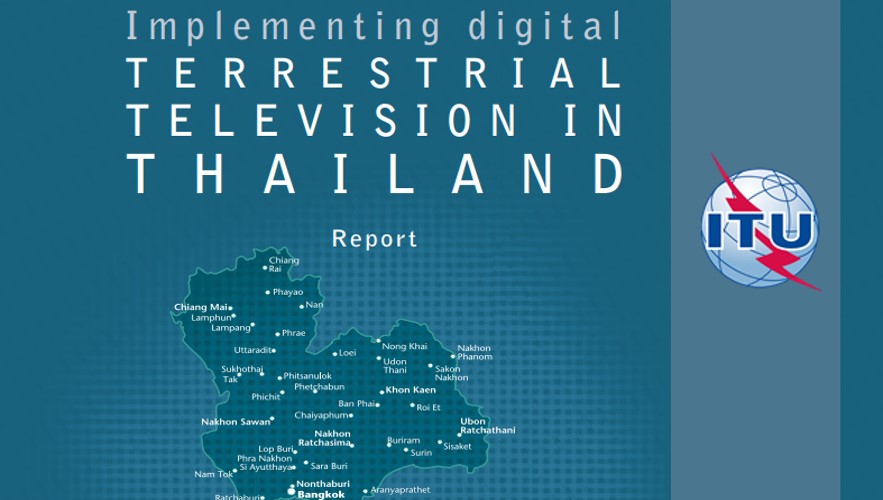
Development of the national roadmap for transition to digital television based on the ITU Guidelines (click here for downloading the Guidelines) in Thailand. The national roadmap was developed in close cooperation with the NBTC, the national regulator for broadcasting and telecommunications. Following the delivery of the DTT roadmap, the NBTC was assisted in the execution of this roadmap. The activities of this multi-year (2012-2017) project span from the frequency planning, business planning and license assignment. The latter included preparing the auction for the spectrum licenses.
DTT Roadmaps for various countries
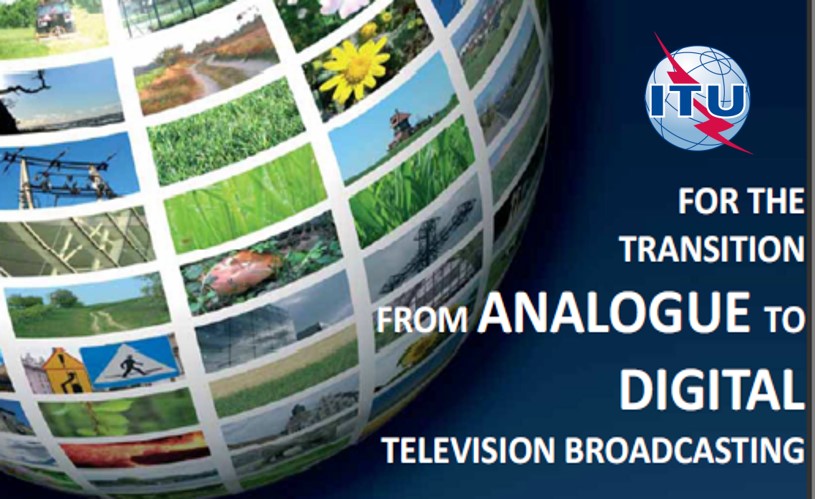
Development of the national roadmaps for transition to digital television (based on the ITU Guidelines) in Cambodia (2011), Ethiopia (2012), Angola (2012), Rwanda (2012), Bhutan (2015) and Jamaica (2015). The roadmaps were prepared in the framework of ITU’s integrated work towards promoting the transition to digital broadcasting in developing countries. The national roadmaps were developed in a small team of ITU experts in cooperation with appointed national roadmap teams (comprising the various ministries, broadcasters and regulators). For example roadmap reports click here.
